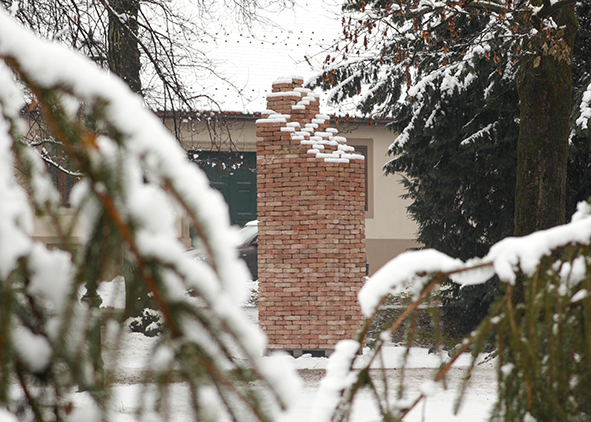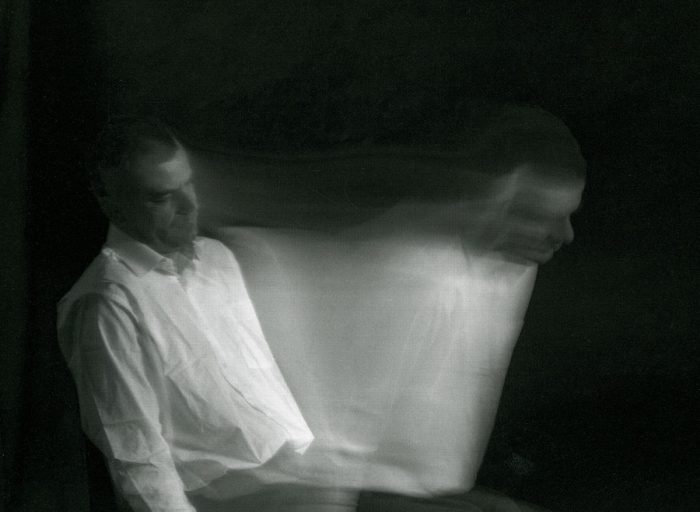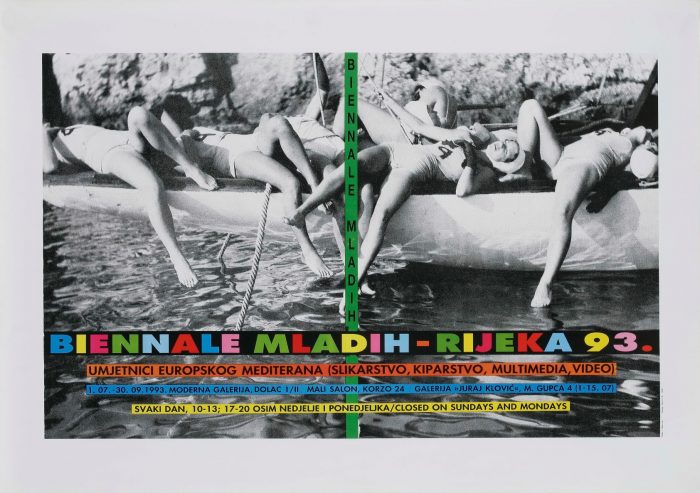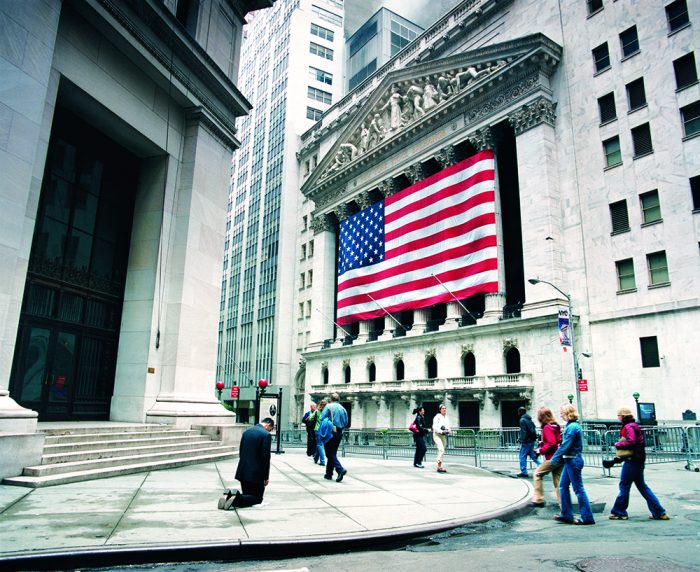Vatroslav Jagić Park, Varaždin, Croatia
30.11.2020.
Reinterpretation of the K19, Kopljar’s anthological art installation in public space initially placed in Zagreb, in front of the Meštrović Pavilion in 2014, into permanent public sculpture in the city park in Varaždin against local synagogue, represents unique example of logical strategic choice and memorial sculpture settings in Croatia. This act is realized thanks to the initiative of Ivan Mesek, director of the Varaždin City Museum, and artist himself who donated the sculpture.
Read More “Setup of the K 19 by Zlatko Kopljar, Vatroslav Jagić Park, Varaždin”











